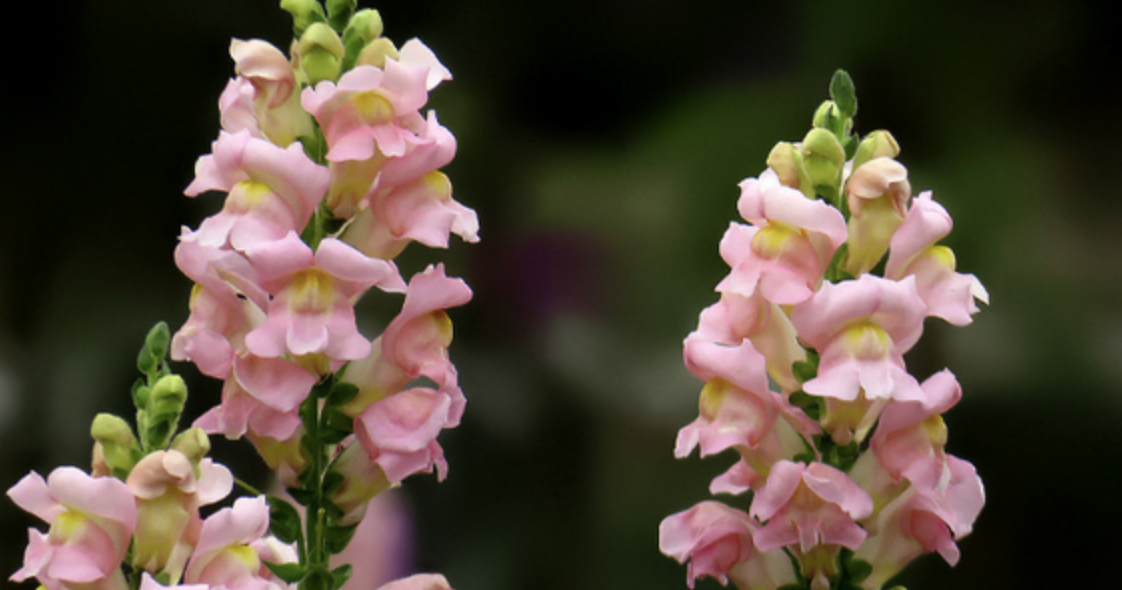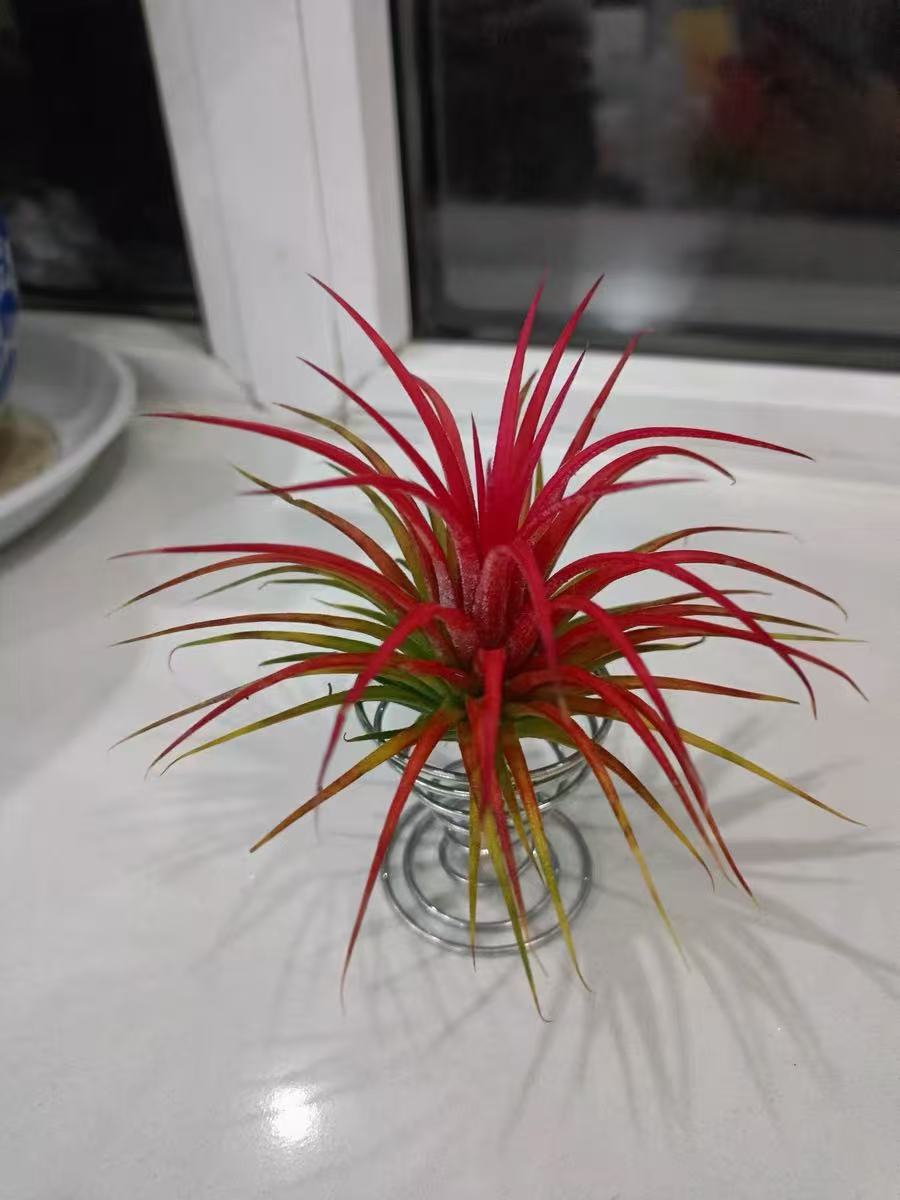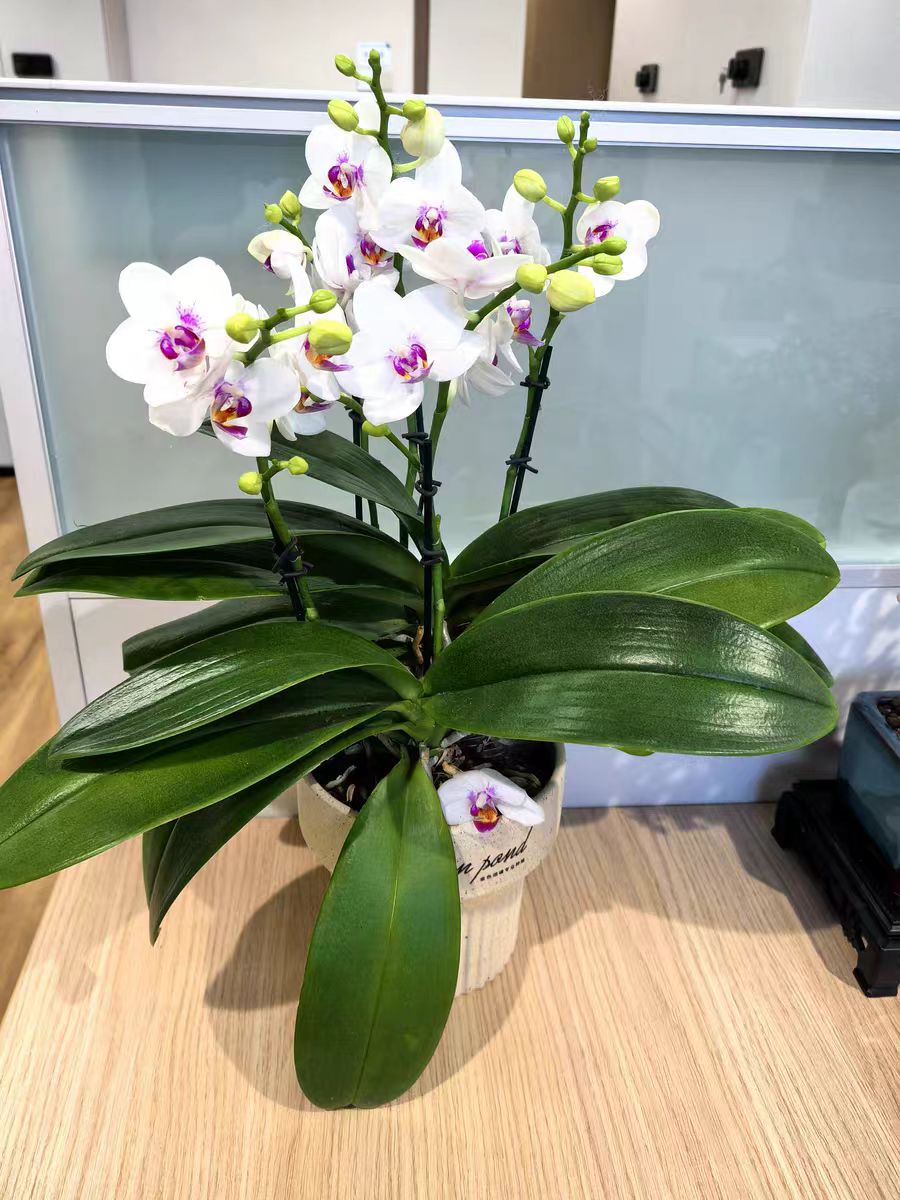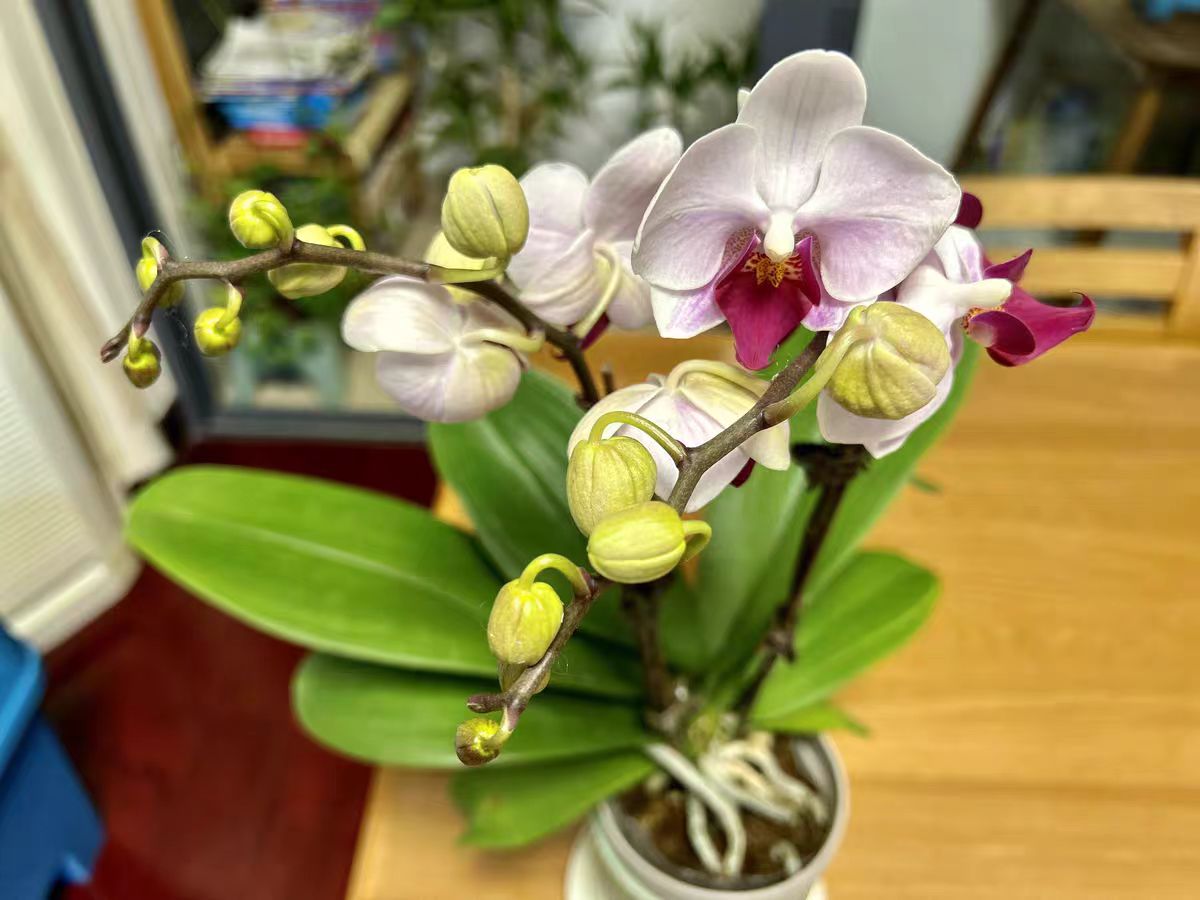Antirrhinum majus, also known as Snapdragon, Lion's Flower, Dragon's Mouth Flower, and Garden Snapdragon, belongs to the Antirrhinum genus of the Scrophulariaceae family and is a perennial herb. Its plant height is moderate, usually ranging from 20 to 70 centimeters, with an upright and branched stem. The leaves of Antirrhinum majus are long-round lanceolate in shape. The flowers are usually in racemes, with the racemes terminal, and the flower colors include various shades such as light red, deep red, deep yellow, and white. The petals resemble the tail of a goldfish, with bright and beautiful colors, hence the name Antirrhinum majus. Whenever spring arrives, Antirrhinum majus will face the sunlight and bloom splendid and colorful flowers, becoming a beautiful landscape in the garden.
Regarding the flowering time of Antirrhinum majus, it mainly concentrates in spring. Specifically, the flowering period of Antirrhinum majus is generally from March to May each year. During this period, Antirrhinum majus will conits blooming moment, fully demonstrating the colors and vitality of spring. However, it should be noted that the flowering period of Antirrhinum majus may vary due to factors such as climate and region. In the warm southern regions, the flowering period of Antirrhinum majus may be earlier; while in the cold northern regions, it may be slightly later.
In order to make Antirrhinum majus display the most beautiful posture during its full flowering period, we need to pay attention to the following maintenance techniques: Antirrhinum majus likes loose, fertile, and well-drained soil. When planting, you can choose soil rich in humus and add an appropriate amount of drainage materials such as perlite or vermiculite to improve the soil structure. It likes abundant light but needs to avoid direct exposure in summer's high temperatures.
You can place Antirrhinum majus in a semi-shady place or under a shading net to maintain an appropriate light intensity. And it has a high demand for water but also needs to avoid water accumulation. During the growth period, keep the soil moist but do not over-water. In summer's high temperatures, you can appropriately increase the frequency of watering but do not allow water to accumulate in the potting soil. During the growth period, it requires an abundant supply of nutrients. You can apply compound fertilizers mainly containing nitrogen at the early stage of growth to promote plant growth; before the flowering period, increase the application of phosphorus and potassium fertilizers to promote flower bud differentiation and flowering. When fertilizing, pay attention to following the principle of "thin fertilizer applied frequently" to avoid root burning caused by high fertilizer concentration.
Regarding the legend that Antirrhinum majus will turn into a skull after withering, it is actually nonsense. This imagination is just an exaggerated description of the withered state of Antirrhinum majus by people. When the flowers wither, a shape similar to a "skull" will form on the flower stem. This phenomenon is a natural process in the life cycle of Antirrhinum majus, rather than directly turning into a skull upon withering.
After the flowers of Antirrhinum majus bloom, over time, the flowers will gradually wither, and the part on the flower stem will form a structure similar to a skull. This structure is actually the fruit of Antirrhinum majus after withering, with three small holes on it, forming a hollow shell shape, giving a strange and unique aesthetic feeling.
In fact, after withering, Antirrhinum majus still has certain ornamental value. Withered Antirrhinum majus can be used as dried flowers or dried branch artworks for home decoration or garden landscapes. Their unique form and texture add a special charm to the space.
When does Antirrhinum majus bloom?

Share with
Tagged in :




Leave a Reply